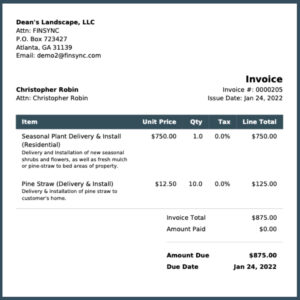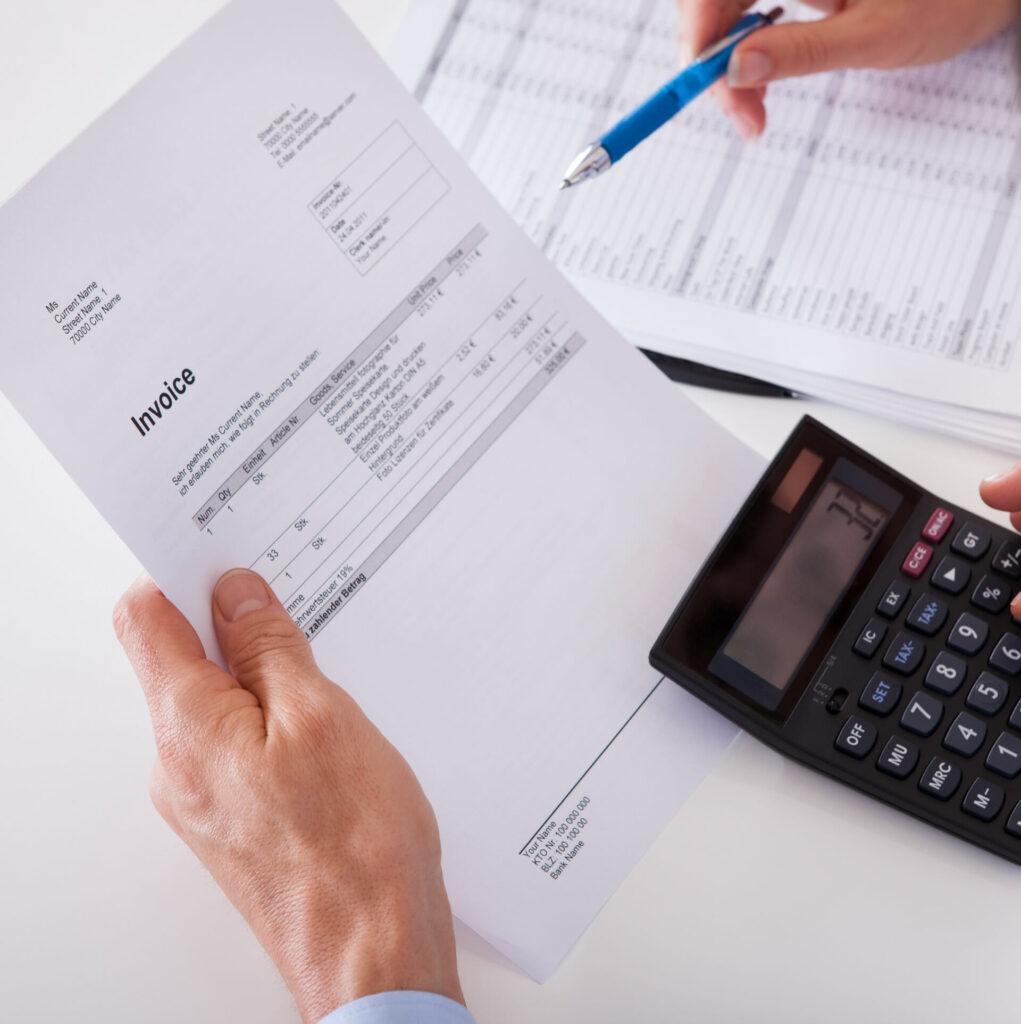Sending and receiving invoices play a critical role in the success of your business. Therefore, documenting these transactions should be at the forefront of your company’s organizational goals.
This article covers what an invoice is and the elements within an invoice. We will also cover assigning invoice numbers and creating an overall process for sending and receiving these transactions.
What Is an Invoice?
An invoice or bill is a legal document given to a buyer by a seller that states the total amount due for goods or services rendered. The customer will likely refer to it as a bill and it is how businesses get paid. An invoice lists the products or services provided by the seller, including payment terms such as Net30 (payment due in 30 days), for example.
Invoices also include other relevant information such as:
-
- Business contact information
- Vendor contact information
- Invoice number
- The order or service date
- Description of service or product purchased
- How many units and/or hours worked
- Total amount due including taxes and shipping & handling charges
Invoices may be transmitted electronically, in the mail, or within the product package along with the packing slip. However, today many organizations use accounting software to speed up collections and increase operational efficiency. See sample invoice below:

Assigning Invoice Numbers
Since businesses want to get paid as fast as possible, setting up a process around sending invoices to customers is necessary. Assigning invoice numbers is a great place to start.
Every bill issued has to have an assigned, unique control number for accounting purposes and preferably linked to the product or service requested.
There are several different approaches to assigning invoice numbers. Here are a few standard methods:
-
- Sequential – is the simplest and most common method of assigning invoice numbers. Start with #1 and increment up by one for each subsequent invoice.
- Customer ID – this method is similar to sequential, but it begins with a customer code before this sequential number. If you assign a specific customer the code of 555, then their first invoice is recorded as 555-001.
- Chronological – here, the first series of numbers is the date, the second series of numbers is the Customer ID, and the third series of numbers is the sequential number.
- Project-Based – this method is similar to a Customer ID, where business owners assign unique numbers identifying a particular project. This numbering method works best with businesses that work with a wide variety of projects.
Leverage Best Practices
Using software can help you automate and track your invoicing. However, it is advisable to establish a process for every invoice that leaves your business. Here are a few guidelines to get you started in creating a successful invoicing method for your organization.
-
- Invoice at the right time – Sending a bill when products are ordered, or services have concluded is critical. The more you delay, the longer it will take to get paid.
- Define payment terms – It is common to give your customers 30 days to respond with payment. However, feel free to adjust according to what works best for your company. Just make sure to notate it on the bill.
- Online payments – Thanks to efficient software, it has been shown that allowing customers to pay online increases the speed of payment drastically.
- Offer Lockbox options – This feature benefits businesses that receive a considerable amount of checks. FINSYNC’s Lockbox provides enormous time savings as checks are automatically deposited and applied to the correct invoice.
- Incentivize early payments – People love incentives! Reward your customers when they pay early by offering a discount on their following product, or a shout-out on social media can go a long way to collecting payments early.
- Send clear reminders – We all get busy and sometimes forget about important obligations. Make sure to send reminders around Day 20 if your terms are Net30.
Fortunately, many business transactions are straightforward; however, some invoices involve many moving parts. These details should be outlined so both parties know when payments are due and what the penalties for late payments are.
Summary
Invoices are an essential tool for your business to handle transactions with your customers. By crafting detailed invoices and following a procedure, organizations will be ready for an audit and get paid on time.
In providing documentation, you can accurately track your orders and payment cycles and when created accurately, invoices provide security with your transactions. The method you choose to establish in your organization will ensure your invoices are compliant and informative for you and your customers.
Grow in new and empowering ways by combining innovative software with unmatched services. Try a free trial of FINSYNC today.
